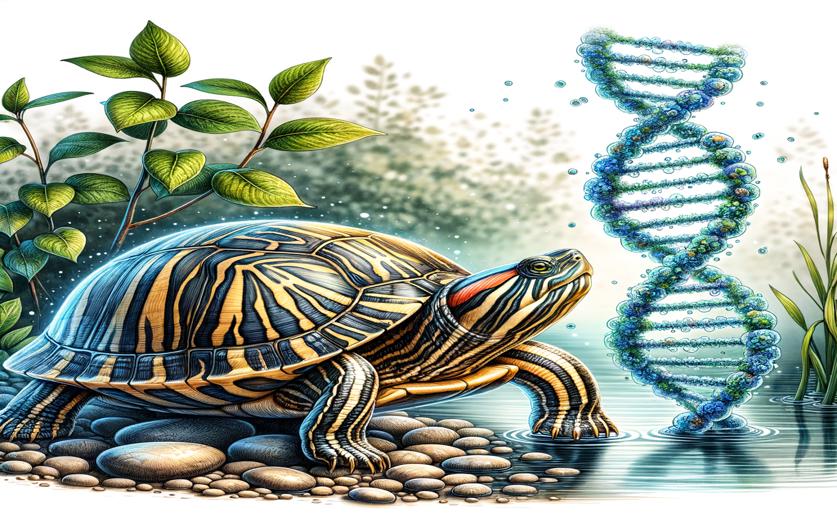
Saving the Rare Three-Striped Turtle Through Genetic Study
Jim Crocker
13th March, 2024

Image Source: Natural Science News, 2024
Key Findings
- Researchers found the three-striped roofed turtle has low genetic variation, which may affect its survival
- The turtle's population was stable, then grew, but started declining about 2,000 years ago
- Despite this, a moderate level of genetic diversity still exists, offering hope for conservation
References
Main Study
1) Population genetics of the critically endangered three-striped turtle, Batagur dhongoka, from the Ganga river system using mitochondrial DNA and microsatellite analysis.
Published 11th March, 2024
https://doi.org/10.1038/s41598-024-54816-0
Related Studies
2) Last exit before the brink: Conservation genomics of the Cambodian population of the critically endangered southern river terrapin.
3) Conservation genomics of the endangered Burmese roofed turtle.
4) Reliability of genetic bottleneck tests for detecting recent population declines.



 24th January, 2024 | David Palenski
24th January, 2024 | David Palenski